Human Augmentation Market By Offering (Exoskeleton, Robotics, AR/VR Devices, Brain-Computer Interface, Prosthetic Limb); By Technology (AI, Automation, Bio-hacking, 3D Printing, Quantum Computing); By Wearability (Body-worn, Non-body-worn); By Application (Medical Care, Education & Training, Entertainment & Gaming, Military, Sports & Performance Enhancement, Workplace Productivity); By End-user (Consumer, Healthcare, Industrial Enterprises, Government & Defense); and By Region; Global Insights & Forecast (2024 - 2030)
The Human Augmentation Market is expected to grow from USD 171.4 billion in 2023-e to USD 719.7 billion by 2030, at a CAGR of 22.8% during the forecast period. The human augmentation market is a competitive market, the prominent players in the global market include ABB, Apple, Boston Dynamics, Cyberdyne, Ekso Bionics, Fanuc, Google, KUKA, Magic Leap, NEC, Samsung, among others.
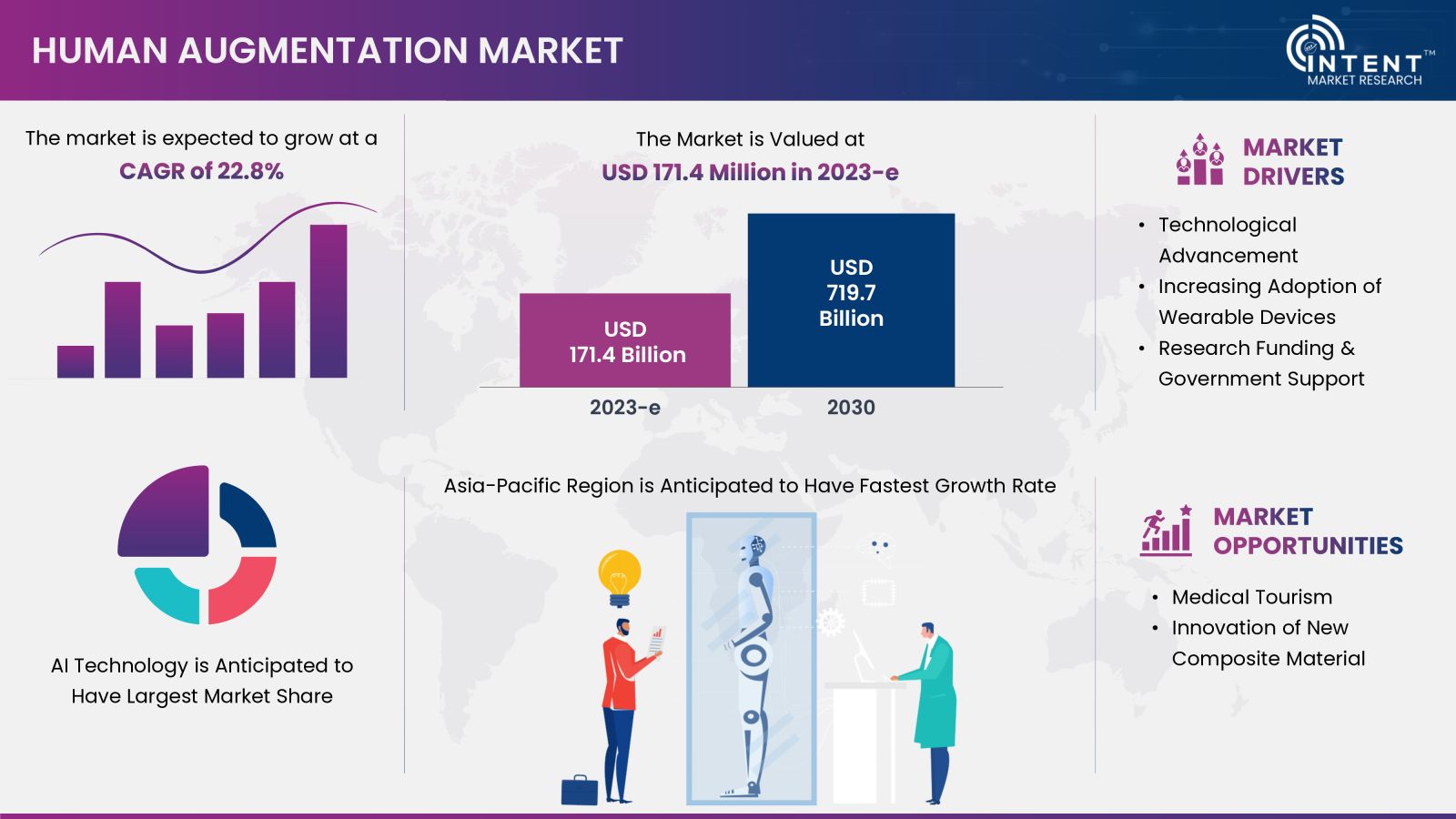
Click here to: Get FREE Sample Pages of this Report
Human augmentation refers to the use of technology, biological interventions, or other enhancements to improve or extend the physical, cognitive, or sensory capabilities of the human body. The goal of human augmentation is to enhance human performance, overcome physical or cognitive limitations, and potentially enable individuals to achieve tasks or experiences beyond its natural ability. This can involve the integration of wearable devices, exoskeleton, or other technologies to augment and enhance various aspects of human functioning.
Advancement in various technologies such as AI, automation, robotics have played a significant role in driving the human augmentation market. These technological developments have contributed to the evolution and integration of innovative solutions aimed at enhancing human capabilities across different domains. However, high cost of these technologies has impacted the growth of this market.
Human augmentation can potentially promote medical tourism by offering advanced and specialized procedures that attract individuals seeking enhanced healthcare experiences. However, the lack of regulations and technical complexities may pose different challenges for the adoption.
Technological Advancements are propelling the Human Augmentation Market
Technological advancements are driving the progression of the human augmentation market by introducing innovative solutions and enhancing existing capabilities. Wearable devices such as smart glasses, AR/VR headset, exoskeleton, bionic-eye, are some of the examples that have augmented the human life. AI is crucial in the development of BMIs, facilitating communication between the brain and external devices. Advanced AI algorithms interpret neural signals, enabling precise control of prosthetics, exoskeletons, or other augmented devices.
Synchron, a leading implantable brain computer interface company, has implanted its BCI through the blood vessels and allows patients to operate technology using only their minds. These developments offers several growth opportunities for the market growth.
Human Augmentation Market segment insights
Focus on Orthopedic Rehabilitation Driving the demand of Exoskeleton
The demand for exoskeletons is particularly driven by their applications in orthopedic rehabilitation, offering innovative solutions for individuals recovering from orthopedic injuries or surgeries. Exoskeletons play a crucial role in gait training for individuals recovering from orthopedic surgeries or injuries. These devices provide walking assistance and support, allowing patients to practice walking with reduced strain on affected joints.
Exoskeletons can be programmed to support specific joint movements and promote the desired range of motion. This is especially beneficial for orthopedic patients working on joint flexibility and mobility improvement. It can facilitate targeted muscle activation, contributing to muscle strengthening during rehabilitation. This is particularly beneficial for orthopedic patients recovering from conditions affecting muscle tone and strength. The focus on orthopedic rehabilitation is driving the adoption of exoskeletons that offers a promising avenue for improving patient outcomes, in turn, driving the human augmentation market.
AI progressing Intelligence Augmentation
AI is making significant strides in the field of Intelligence Augmentation (IA), which focuses on enhancing human intelligence and cognitive abilities through the use of artificial intelligence technologies. AI-powered cognitive computing systems are designed to mimic human thought processes. These systems can analyze vast amounts of data, understand natural language, and make informed decisions, thereby augmenting human cognitive abilities in data-intensive tasks.
AI-driven Natural language processing (NLP) algorithms enable machines to understand, interpret, and generate human language, facilitating more natural and efficient human-computer interactions. AI can recognize and interpret human emotions through facial expression analysis, voice modulation, and other cues. This capability is utilized in applications such as sentiment analysis, virtual mental health support, and human-computer emotional interaction.
AI-driven facial recognition is widely used for screening, and to ease congestion at airports. For instance, in July 2023, the U.S. Transportation Security Administration (TSA) has planned to expand facial recognition for passenger processing to 430 airports around the country. Considering the wider applications of AI, the segment is estimated to record the highest growth rate during the forecast period.
Medical Care Promoting the Adoption of Human Augmentation
Medical care professionals are leveraging augmented technologies, such as exoskeletons and smart prosthetics, to aid individuals recovering from injuries, surgeries, or those with mobility impairments. These advancements contribute to more effective rehabilitation processes and improved patient mobility.
Medical care is actively promoting the adoption of assistive technologies powered by human augmentation to enhance the lives of individuals with disabilities. Prosthetics with advanced functionalities, robotic limbs, and other assistive devices are being integrated to restore and augment physical capabilities, fostering greater independence and improved quality of life. Considering these benefits, human augmentation solutions are increasingly adopted for medical care.
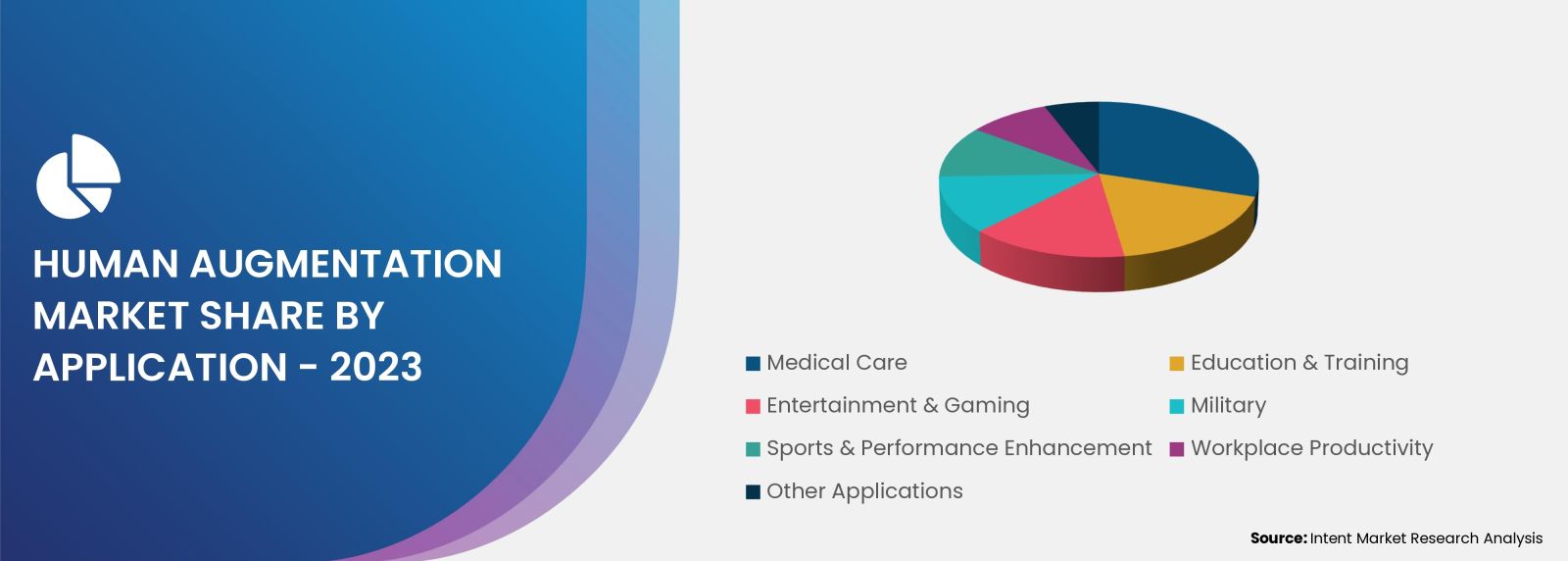
Higher Health Awareness among Consumers Promoting the Market Growth
Smart devices are equipped with various sensors, such as accelerometers, gyroscopes, and biometric sensors. These sensors collect real-time data, including movement patterns, vital signs, and physiological indicators, which can be utilized for developing human augmentation solutions in areas like health & lifestyle monitoring, and performance enhancement.
Wearable smart devices, such as fitness trackers, smart watches, and augmented reality glasses, are becoming integral parts of users' lives. These wearable devices offer a platform for implementing human augmentation features, such as health monitoring, augmented reality experiences, and biometric feedback. Higher health awareness among consumers has further boosted the adoption of smart devices among consumers. Considering the benefits offered by such smart devices and increasing their adoption is driving the demand for human augmentation market.
Large and Diverse Consumer Base driving the Asia-Pacific Market
The Asia-Pacific region is home to a large and diverse consumer base that is increasingly tech-savvy. The demand for innovative and advanced technologies, including human augmentation, is driven by this population's interest in adopting the latest trends and solutions. Asia-Pacific is a major manufacturing hub for technology devices, including smartphones, wearable devices, and other smart devices. This manufacturing ability ensures a ready supply of hardware components necessary for human augmentation technologies.
Major industry players are enhancing their market positions by adopting several growth strategies
Major players operating in the global Human Augmentation Market are ABB, Apple, Boston Dynamics, Cyberdyne, Ekso Bionics, Fanuc, Google, KUKA, Magic Leap, NEC, Samsung, among others. In addition, there are several start-ups working in research & development of human augmentation technologies. Some of the potential start-ups of the human augmentation market are Bionik Laboratories, Emotiv, Fillauer, Hocoma, Kernel, Kernel Labs, MindMaze, Myomo, Neuralink, NeuroSky, Nimble Robotics, OpenBCI, Rewalk Robotics, Rex Bionics, Roam Robotics, Soft Robotics, Synchron, Veo Robotics, Vuzix, among others.
Presence of several players has significantly fragmented the market. Major players have started adopting strategies such as new product launch, merger & acquisition, partnership & collaboration, etc strategies to gain major market share. Some of the significant developments are mentioned below
- In July 2023, KUKA expands its range of autonomous mobile robots (AMR) with the KMR iisy mobile cobot and KMP 1500P mobile platform that provides a groundbreaking automation solution for optimization of intralogistic processes.
- In June 2023, ABB launched two new variants of its GoFa collaborative robot - GoFa 10 and GoFa 12. These cobots can handle an expanded range of tasks in close collaboration with workers, addressing skills and labor shortages while improving safety and productivity.
Click here to: Get your custom research report today
Human Augmentation Market Coverage
The report provides key insights into the human augmentation market, and it focuses on technological developments, trends, and initiatives taken by the government and private players. It delves into market drivers, restraints, opportunities, and challenges that are impacting the market growth. It analyses key players as well as the competitive landscape within the global human augmentation market.
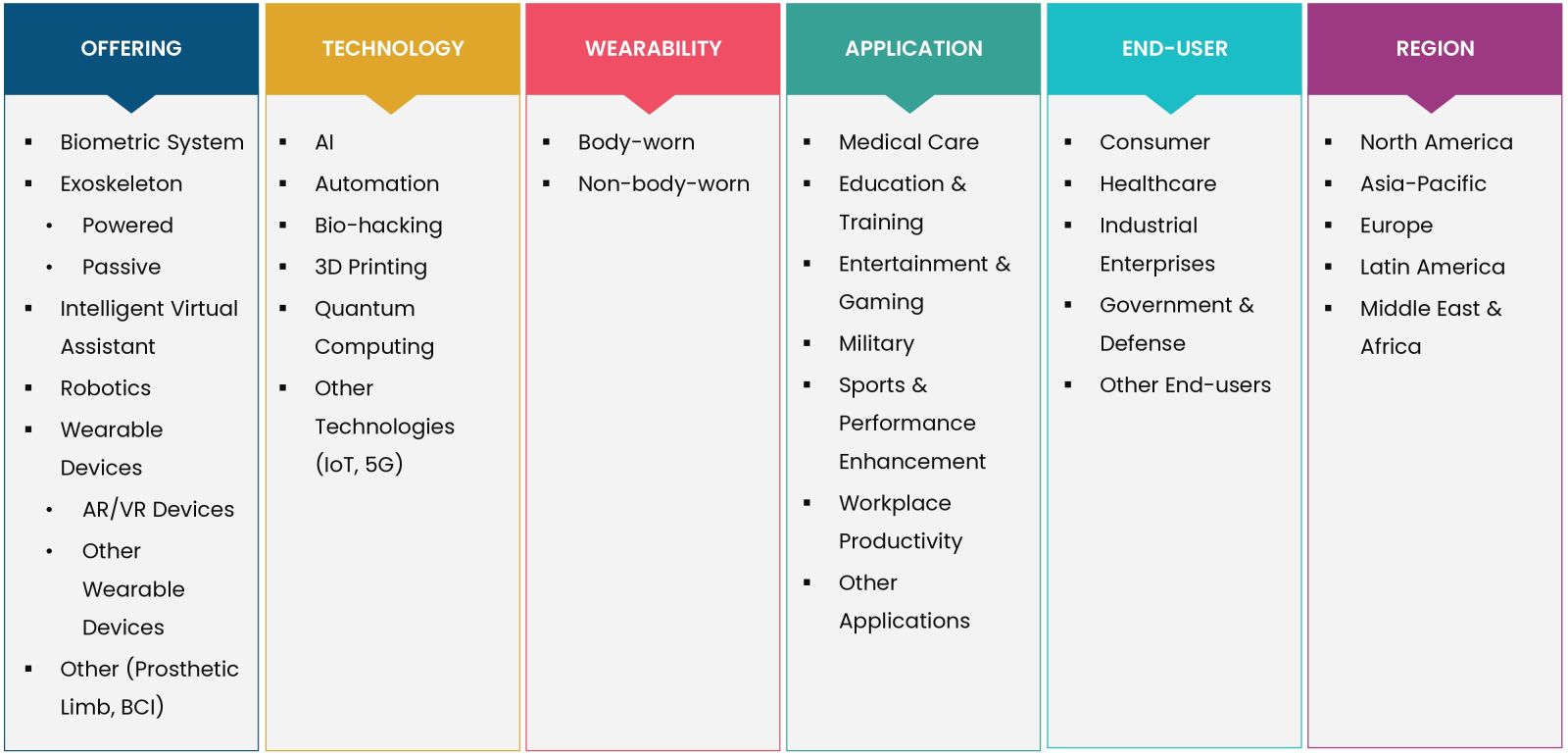
Report Scope:
|
Report Features |
Description |
|
Market Size (2023-e) |
USD 171.4 billion |
|
Forecast Revenue (2030) |
USD 719.7 billion |
|
CAGR (2024-2030) |
22.8% |
|
Base Year for Estimation |
2023-e |
|
Historic Year |
2022 |
|
Forecast Period |
2024-2030 |
|
Report Coverage |
Market Forecast, Market Dynamics, Competitive Landscape, Recent Developments |
|
Segments Covered |
Human Augmentation Market By Offering (Biometric System, Exoskeleton (Powered, Passive), Intelligent Virtual Assistant, Robotics Wearable Devices, (AR/VR Devices, Other Wearable Devices), Other (Prosthetic Limb, BCI)); By Technology (AI, Automation, Bio-hacking, 3D Printing, Quantum Computing, Other Technologies (IoT, 5G)); By Wearability (Body-worn, Non-body-worn); By Application (Medical Care, Education & Training, Entertainment & Gaming, Military, Sports & Performance Enhancement, Workplace Productivity, Other Applications); By End-user (Consumer, Healthcare, Industrial Enterprises, Government & Defense, Other End-users) |
|
Regional Analysis |
North America (US, Canada), Europe (Germany, France, UK, Italy), Asia-Pacific (China, Japan, South Korea, India), Latin America and Middle East & Africa |
|
Competitive Landscape |
ABB, Alphabet, Apple, Boston Dynamics, Cyberdyne, Ekso Bionics, Fanuc, KUKA, Magic Leap, NEC, Samsung |
|
Customization Scope |
Customization for segments, region/country-level will be provided. Moreover, additional customization can be done based on the requirements. |
|
Purchase Options |
We have three licenses to opt for Single User License, Multi-User License (Up to 5 Users), Corporate Use License (Unlimited User and Printable PDF) |
|
1.Introduction |
|
1.1.Market Definition |
|
1.2.Scope of the Study |
|
1.3.Key Stakeholders of the Market |
|
2.Research Methodology |
|
2.1.Research Approach |
|
2.2.Data Collection |
|
2.3.Market Assessment |
|
2.4.Assumptions & Limitations for the Study |
|
3.Executive Summary |
|
4.Market Dynamics |
|
4.1.Drivers |
|
4.1.1.Technological Advancement in Healthcare |
|
4.1.2.Increasing Adoption of Wearables |
|
4.1.3.Research Funding & Government Support |
|
4.2.Restraints |
|
4.2.1.High Cost of Augmentation Technologies |
|
4.2.2.Limited Reimbursement and Insurance Coverage for Some Healthcare Human Augmentation Devices |
|
4.2.3.Ethical Problems related to Society |
|
4.3.Opportunities |
|
4.3.1.Medical Tourism |
|
4.4.Challenges |
|
4.4.1.Safety & Comfort Issues |
|
4.4.2.Lack of Regulations |
|
4.4.3.Technical Complexity |
|
4.5.Trends |
|
4.5.1.Innovation of New Composite Material |
|
5.Market Outlook |
|
5.1.Pricing Analysis |
|
5.2.Supply Chain Analysis |
|
5.3.PORTER's Five Forces Analysis |
|
5.4.PESTLE Analysis |
|
5.5.Regulations on Human Augmentation Technologies |
|
6.Market Size By Offering (Market Size & Forecast: USD Billion, 2023 – 2030) |
|
6.1.Biometric System |
|
6.2.Exoskeleton |
|
6.2.1.Powered |
|
6.2.2.Passive |
|
6.3.Intelligent Virtual Assistant |
|
6.4.Robotics |
|
6.5.Wearable Devices |
|
6.5.1.AR/VR Devices |
|
6.5.2.Other Wearable Devices |
|
6.6.Other (Prosthetic Limb, BCI, etc.) |
|
7.Market Size By Technology (Market Size & Forecast: USD Billion, 2023 – 2030) |
|
7.1.AI |
|
7.2.Automation |
|
7.3.Bio-hacking |
|
7.4.3D Printing |
|
7.5.Quantum Computing |
|
7.6.Other Technologies (IoT, 5G, etc.) |
|
8.Market Size By Wearability (Market Size & Forecast: USD Billion, 2023 – 2030) |
|
8.1.Body-worn |
|
8.2.Non-body-worn |
|
9.Market Size By Application (Market Size & Forecast: USD Billion, 2023 – 2030) |
|
9.1.Medical Care |
|
9.2.Education & Training |
|
9.3.Entertainment & Gaming |
|
9.4.Military |
|
9.5.Sports and Performance Enhancement |
|
9.6.Workplace Productivity |
|
9.7.Other Applications |
|
10.Market Size By End-user (Market Size & Forecast: USD Billion, 2023 – 2030) |
|
10.1. Consumer |
|
10.2. Healthcare |
|
10.3. Industrial Enterprises |
|
10.4. Government & Defense |
|
10.5. Other End-users |
|
11.Regional Outlook, (Market Size & Forecast: USD Billion, 2023 – 2030) |
|
11.1. North America |
|
11.1.1. US |
|
11.1.1.1. US Market Outlook by Offering |
|
11.1.1.2. US Market Outlook by Technology |
|
11.1.1.3. US Market Outlook by Wearability |
|
11.1.1.4. US Market Outlook by Application |
|
11.1.1.5. US Market Outlook by End-user |
|
Note: Similar Cross-segmentation for each country will be covered as shown above |
|
11.1.2. Canada |
|
11.2. Asia-Pacific |
|
11.2.1. China |
|
11.2.2. Japan |
|
11.2.3. South Korea |
|
11.2.4. India |
|
11.3. Europe |
|
11.3.1. UK |
|
11.3.2. Germany |
|
11.3.3. France |
|
11.3.4. Italy |
|
11.4. Latin America |
|
11.5. Middle East & Africa |
|
12.Competitive Landscape |
|
12.1. Market Share Analysis |
|
12.2. Key Market Growth Strategies |
|
12.3. Company Strategy Analysis |
|
12.4. Competitive Benchmarking |
|
13.Company Profile |
|
13.1. ABB |
|
13.2. Apple |
|
13.3. Boston Dynamics |
|
13.4. Cyberdyne |
|
13.5. Ekso Bionics |
|
13.6. Fanuc |
|
13.7. Alphabet |
|
13.8. KUKA |
|
13.9. Magic Leap |
|
13.10. NEC |
|
13.11. Samsung |
|
14.Start-up Analysis |
|
14.1. Bionik Laboratories |
|
14.2. Emotiv |
|
14.3. Fillauer |
|
14.4. Hocoma |
|
14.5. Kernel |
|
14.6. Kernel Labs |
|
14.7. MindMaze |
|
14.8. Myomo |
|
14.9. Neuralink |
|
14.10. NeuroSky |
|
14.11. Nimble Robotics |
|
14.12. OpenBCI |
|
14.13. Rewalk Robotics |
|
14.14. Rex Bionics |
|
14.15. Roam Robotics |
|
14.16. Soft Robotics |
|
14.17. Synchron |
|
14.18. Veo Robotics |
|
14.19. Vuzix |
|
15.Appendix |
Let us connect with you TOC
Intent Market Research employs a rigorous methodology to minimize residual errors by carefully defining the scope, validating findings through primary research, and consistently updating our in-house database. This dynamic approach allows us to capture ongoing market fluctuations and adapt to evolving market uncertainties.
The research factors used in our methodology vary depending on the specific market being analysed. To begin with, we incorporate both demand and supply side information into our model to identify and address market gaps. Additionally, we also employ approaches such as Macro-indicator Analysis, Factor Analysis, Value Chain-Based Sizing, and forecasting to further increase the accuracy of the numbers and validate the findings.
Research Approach
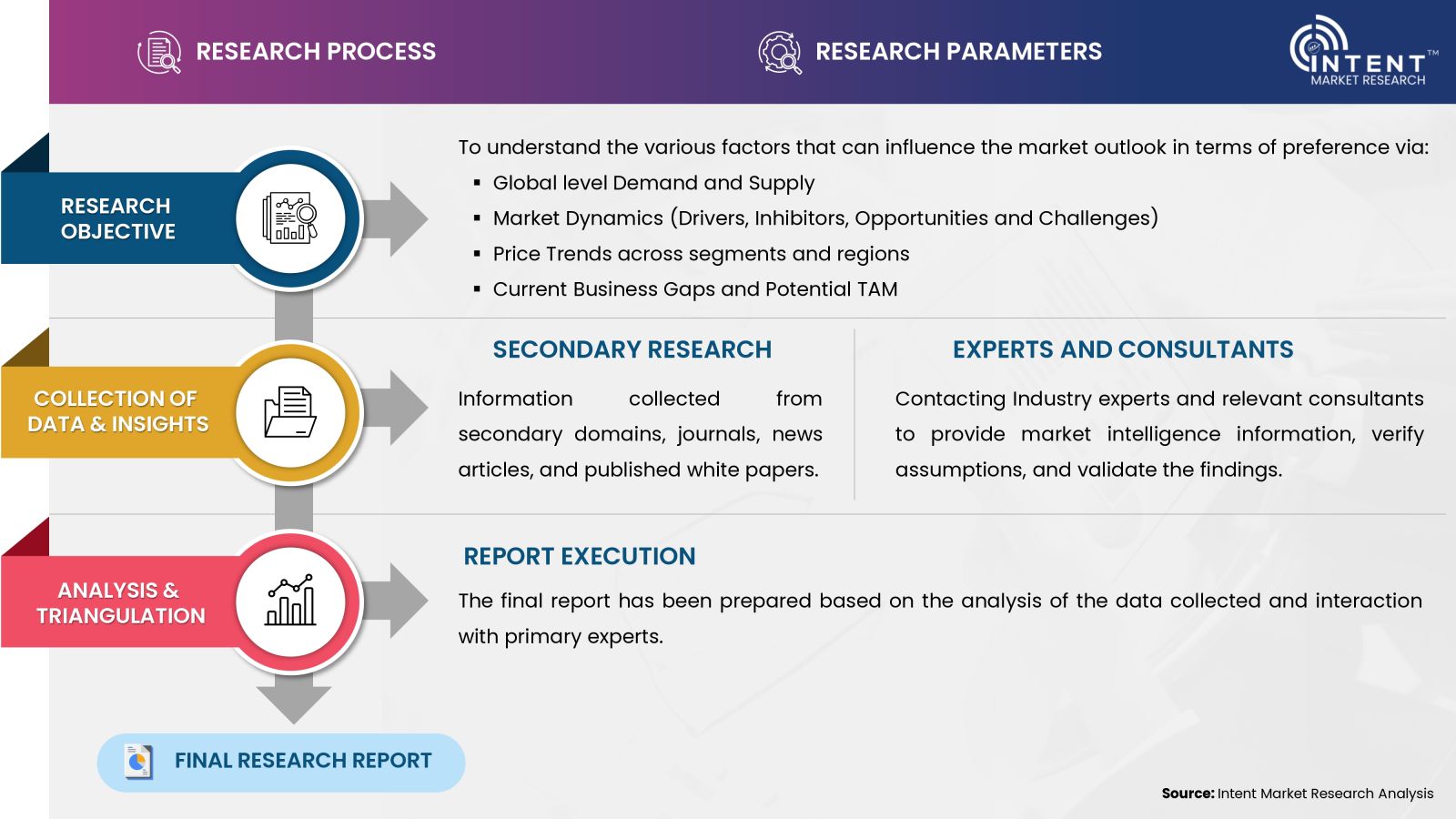
- Secondary Research Approach: During the initial phase of the research process, we acquire and accumulate extensive data continuously. This data is carefully filtered and validated through a variety of secondary sources.
- Primary Research Approach: Following the consolidation of data gathered through secondary research, we initiate a validation process to verify all the market numbers, assumptions and validate the findings by engaging with subject matter experts.
Data Collection, Analysis and Interpretation:
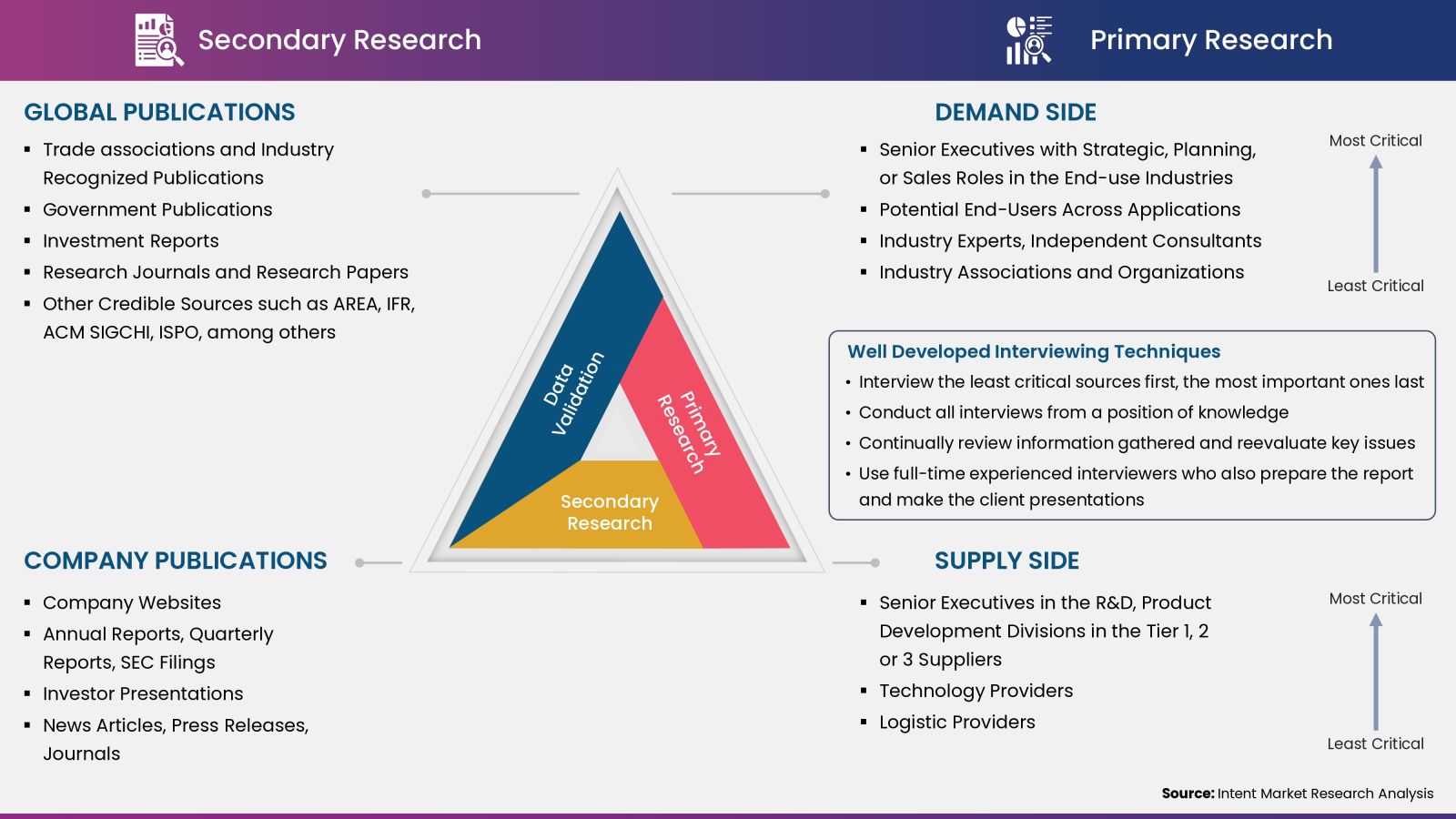
Research Methodology
Our market research methodology utilizes both top-down and bottom-up approaches to segment and estimate quantitative aspects of the market. We also employ multi-perspective analysis, examining the market from distinct viewpoints.
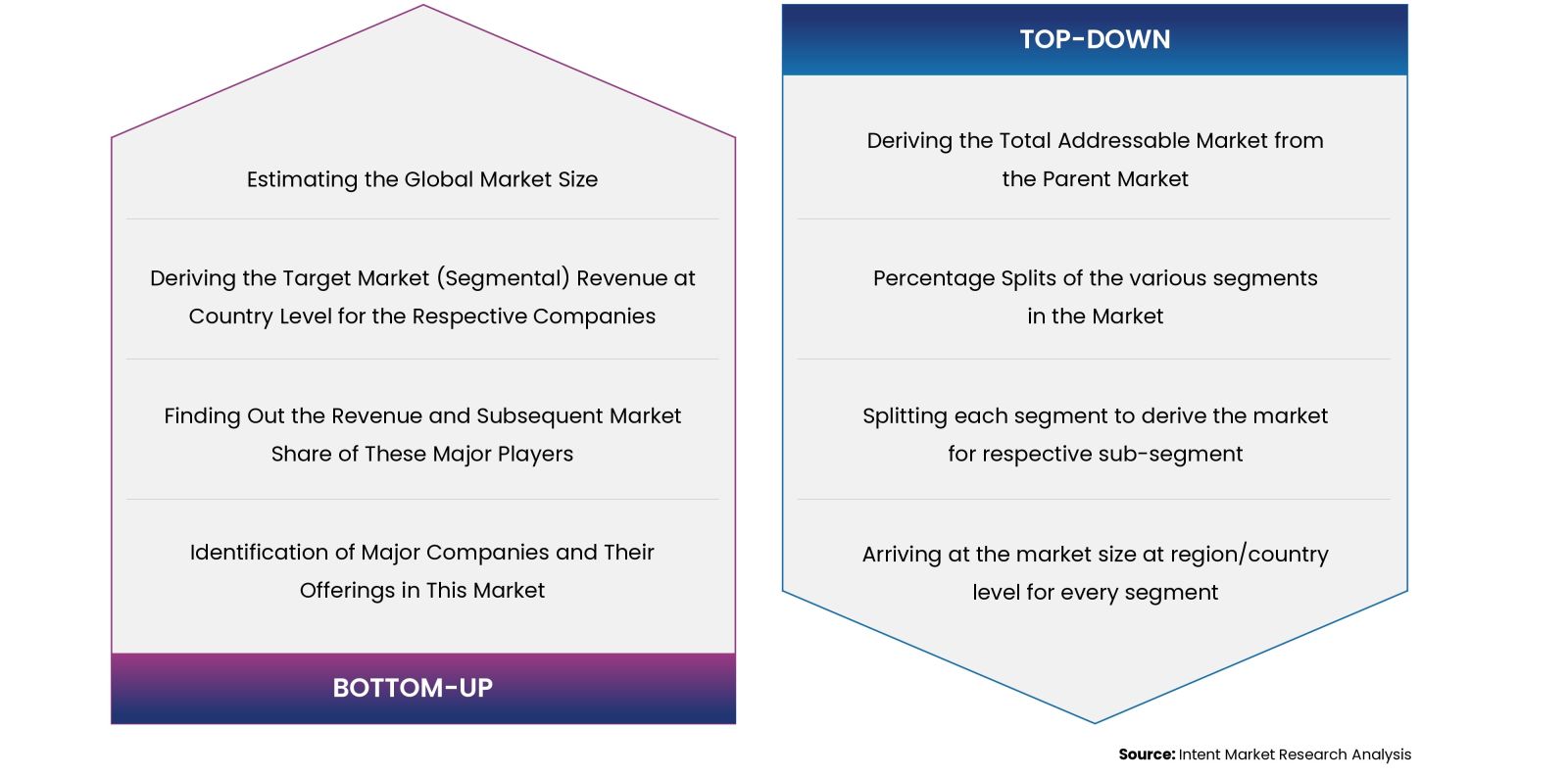
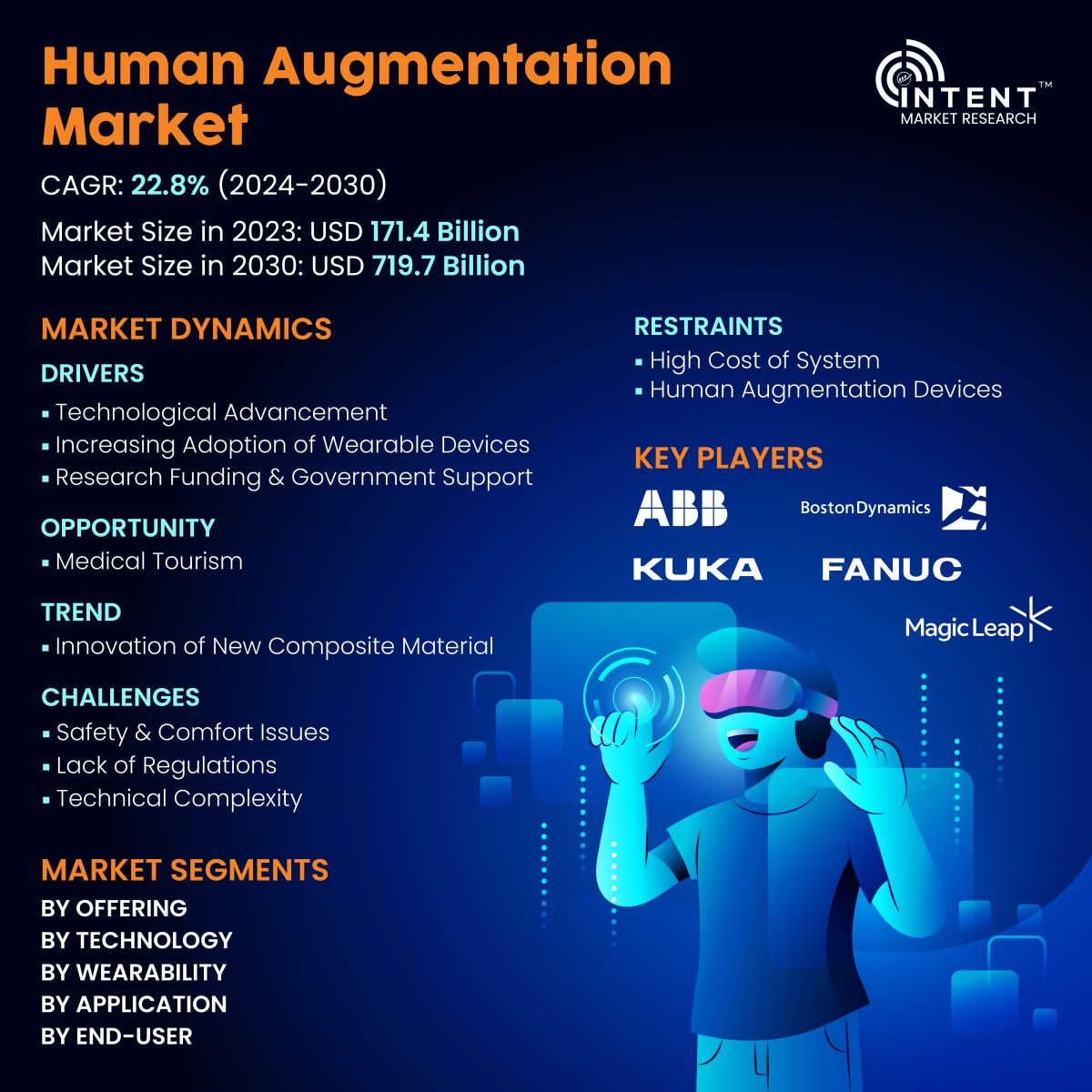
Available Formats


